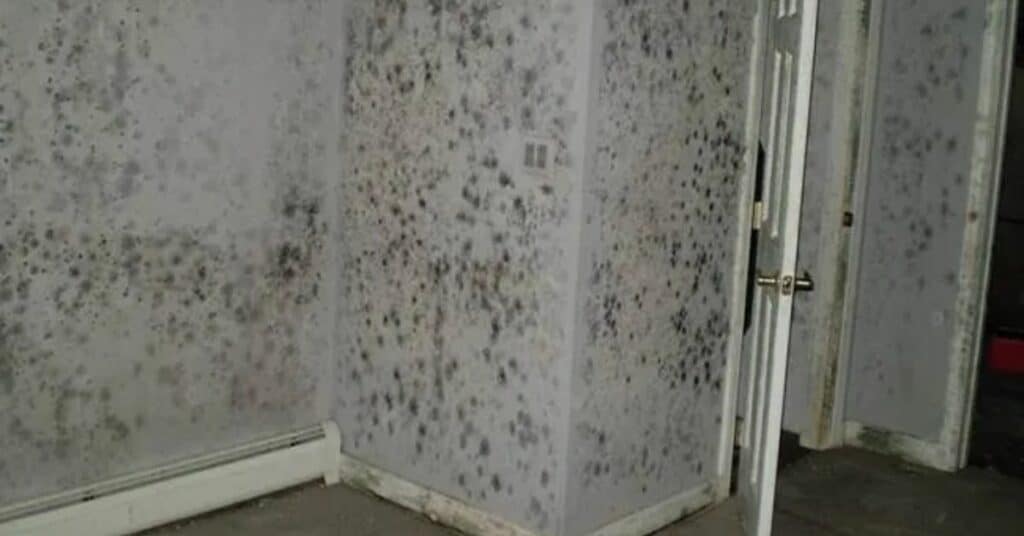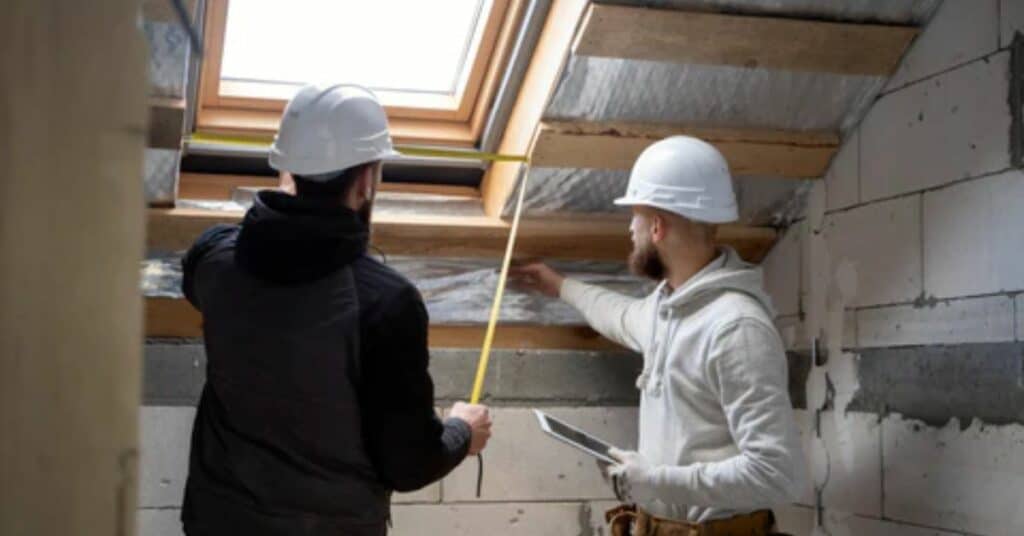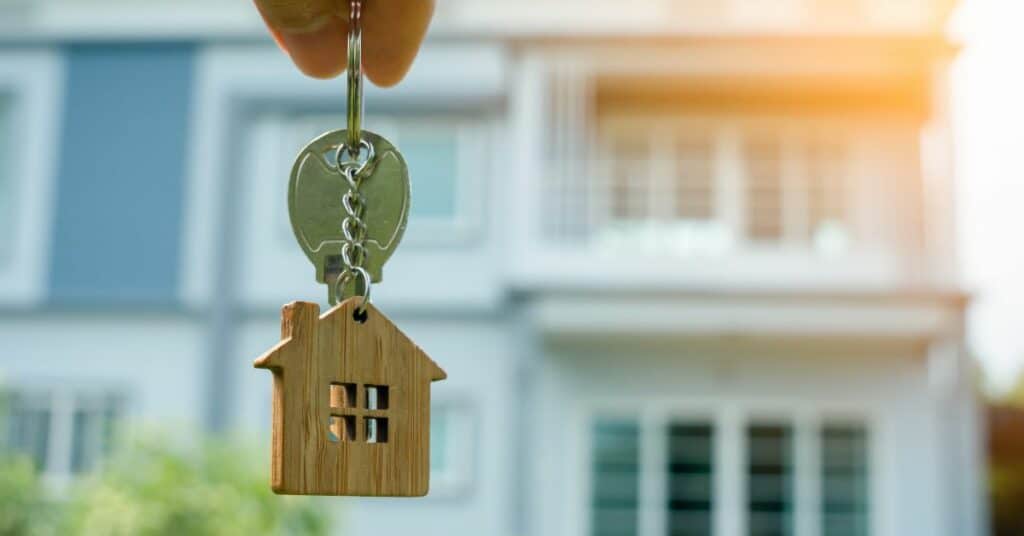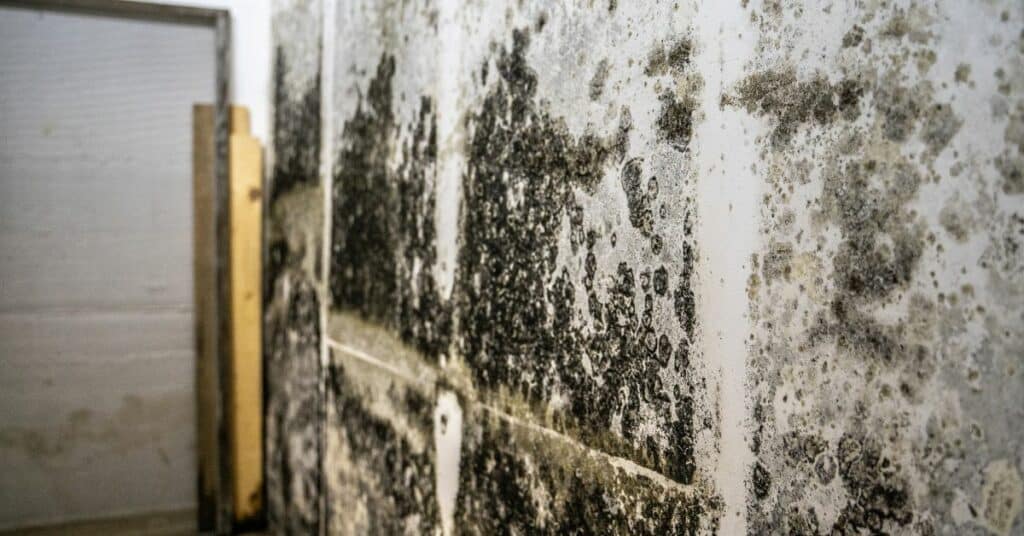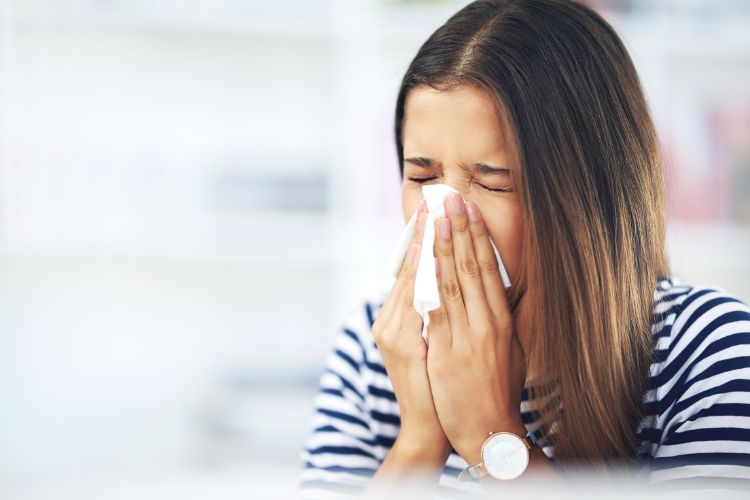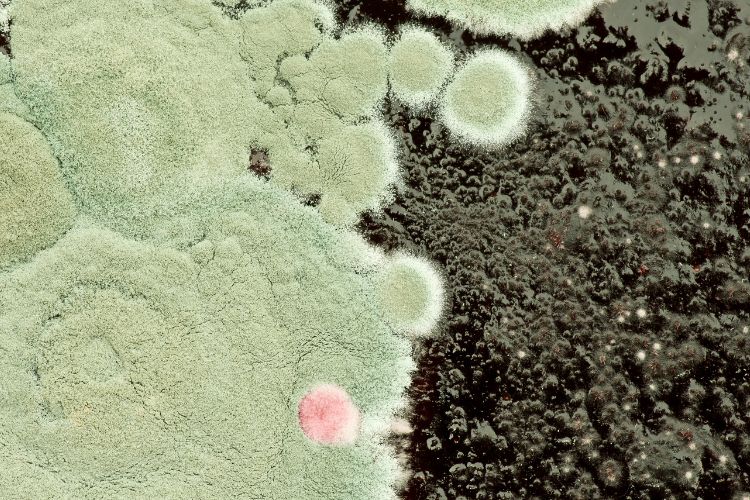Uncommon Places Mold Hides in Your Home
While basements, bathrooms, and kitchens are well-known hotspots for mold growth due to their high moisture levels, mold can also thrive in less obvious places within your home. Identifying these hidden nooks can be crucial in preventing mold-related health issues and maintaining a healthy living environment. This article shines a light on the uncommon, often […]
Uncommon Places Mold Hides in Your Home Read More »

